Youth, Reconciliation and Pilgrimage
By Fr G. Chris Saenz, Chile, ‘00
The author is from Omaha, Nebraska, USA, and is a frequent contributor to Columban publications. He spent some time in the Philippines during his formation and was ordained in 2000. He is based in Chile.
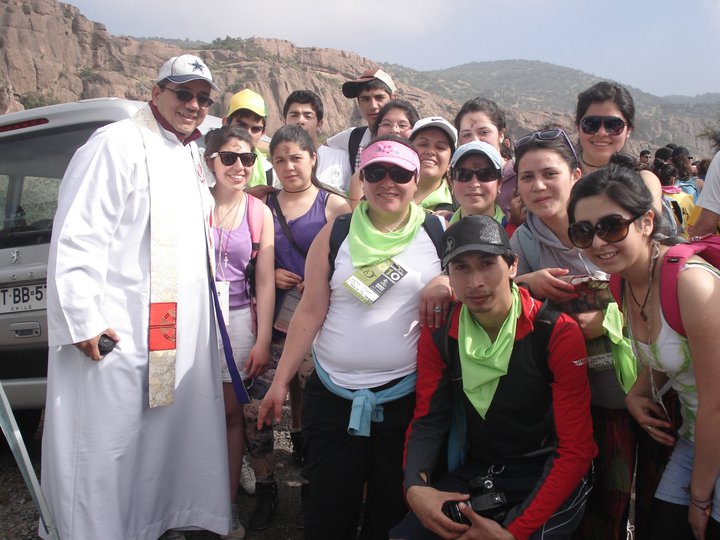
Fr Chris Saenz with young pilgrims
‘Father, I am angry that my parents are divorcing.’ This could be an example of a young person’s confession. I am often struck by the honesty and profoundness of what young people share. It highlights for me what the sacrament of reconciliation means - a true desire to seek God’s saving grace in a situation that one would like to leave behind.
There is much discussion today about the sacrament of reconciliation (‘confession’, ‘penance’) as the ‘lost’, ‘underused’ sacrament that the younger generation ignores. In mission I have discovered that this isn’t true. I believe it is a frequently used sacrament by the youth, given the proper conditions.
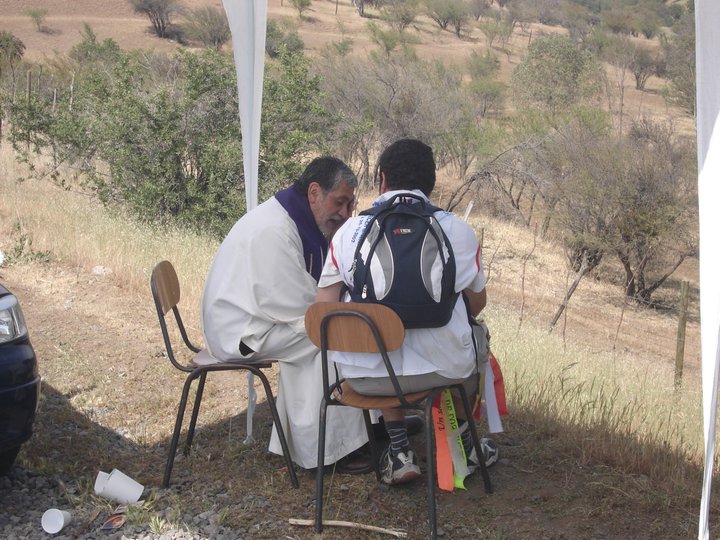
Confession during the pilgrimage
Having ministered to people in four different continents, I truly believe thus: The older generation utilize the sacrament more frequently but understand it the least. The younger generation utilizes the sacrament less frequently but understands it better. There are exceptions but, in general, this has been my experience.
The older generation’s experience can be described as ‘confessing the sins of the other’. The penitent enters the sacrament worried about a situation but generally turns the worry into a complaint about what the other ‘should do’ or ‘isn’t doing’. Often the guilty ‘other’ is a son or daughter. When this occurs I will stop the person and emphasize that the sacrament of reconciliation is about one’s own sins, not about another’s. Often the response is: ‘Oh, okay, Father. Well, I don’t have anything else’. Or, there is a quick mechanical recitation of their misdeeds: bad thoughts, profanity, not fulfilling the Sunday obligation, etc. I believe the old-style Catholic formation taught a mechanical ‘check list’ of sins to appease an angry, vengeful God. It did not invite a deep reflection about their relationship with God. Dialogue and discussion of ‘feelings and emotions’ were out of the question.
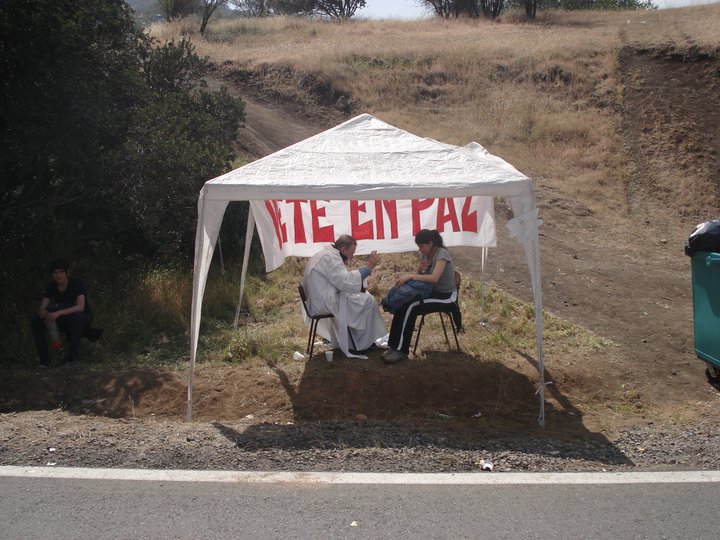
Celebrating the Sacrament of Reconciliation/Confession/Penance
Meanwhile, the younger generation’s experience has been very akin to the opening quotation of this article. They focus on their emotions and feelings about a particular situation. They seek a dialogue with the God of forgiveness and compassion to better understand what they are feeling and living. The younger generation keep the focus on themselves and very rarely enter into the sins of the other. The opening quote reflects this: the focus is the person’s anger, not the divorce of the parents. A person seeks guidance on how to handle his or her anger in a situation that deeply affects the family. For me, that is a true moment of reconciliation.
So what compels a young person’s desire to seek the sacrament of reconciliation? And, when? The traditional style of providing the sacrament one hour a week in a box in a church does not attract young people today. That model might have served a previous generation. Young people seek an external expression of the faith linked to the sacrament of reconciliation. It is here that I discovered in mission the power of pilgrimage.
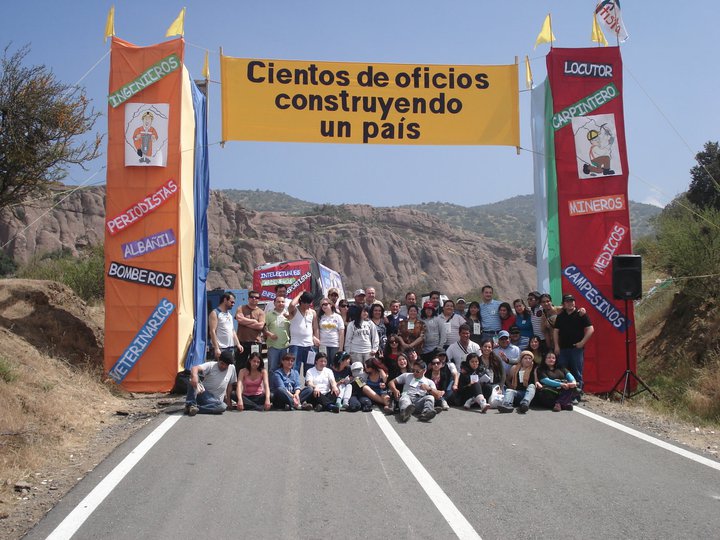
‘Peregrinos pro Christo’ – Pilgrims for Christ
The early Church linked reconciliation to pilgrimage. The penitent, after causing harm to the community, was sent on a pilgrimage away from the community. This physical distance from the problem gave the penitent time to contemplate and the community to heal. The physical struggles of the pilgrimage – a long journey, harsh weather conditions - reflected the inner spiritual struggle. It was not just a spiritual renewal but a physical one as well. Centuries later, the tradition of ‘box’ confessions came in and the physicality was lost. I believe that the young people unconsciously seek a return to the early Church’s tradition of reconciliation and pilgrimage.

Santa Teresa de Los Andes
(13 July 1900 – 12 April 1920) [Wikipedia]
St Teresa of Jesus of Los Andes is the first Chilean to be declared a Saint. She is the first Discalced Carmelite Nun to become a Saint outside the boundaries of Europe and the fourth Saint Teresa in Carmel together with Saints Teresa of Avila, of Florence and of Lisieux.
In Chile, the largest youth pilgrimage is to the Sanctuary of Santa Teresita de Los Andes. About 70,000 people attend, mostly young people. They arrive early on a Saturday morning in October from different parts of Chile. They began the 27kms walk to the Sanctuary. The climate is semi-arid, the sun is hot and the mountainous terrain rugged. During the walk there are stations where social events are organized like music concerts and dynamic presentations. Some stations provide group prayer like the rosary but the most utilized stations are those providing the sacrament of reconciliation. Priests are sitting alongside the road attending to the pilgrims as they walk by. A priest can spend six hours confessing non-stop. Eventually, the pilgrims arrive at the sanctuary in the afternoon feeling physically tired but spiritually renewed. There they participate in the closing Mass. After the Mass many of the groups share a meal together before going home.
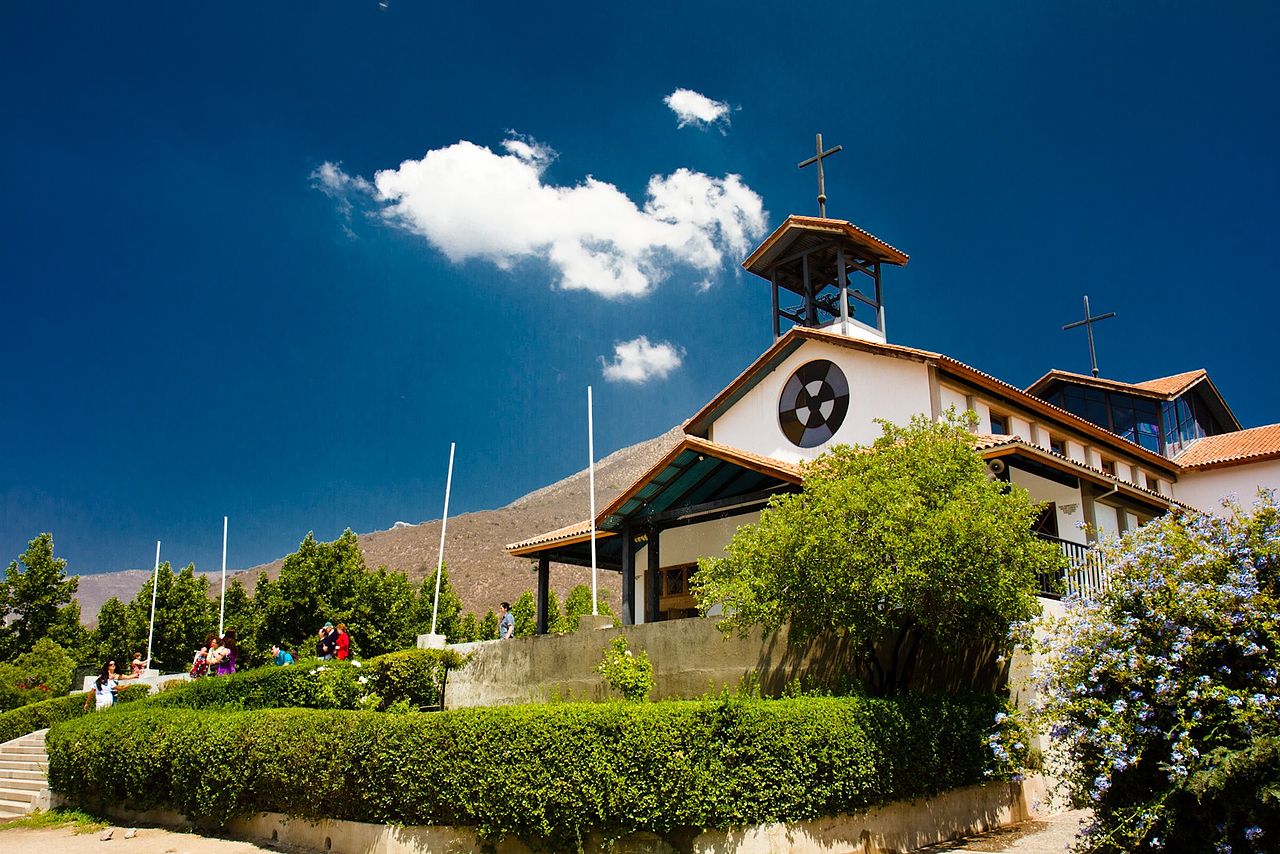
Santuario de Santa Teresa de Los Andes (Santuario de Auco)
The most popular and largest pilgrimage is to the Sanctuary of Lo Vasquez dedicated to the Virgin Mary. It is estimated that nearly one million people travel on foot to the sanctuary on the feast of the Immaculate Conception, 8 December. It is 75kms from Santiago on Route 68. On that day the 115kms of Route 68 between Santiago and Valparaiso are closed. Usually the summer sun is extremely hot and the pilgrims walk all day. At the sanctuary the sacrament of reconciliation is provided and priests spend the whole day hearing confessions. Many young people participate in the pilgrimage. Many go to confession.
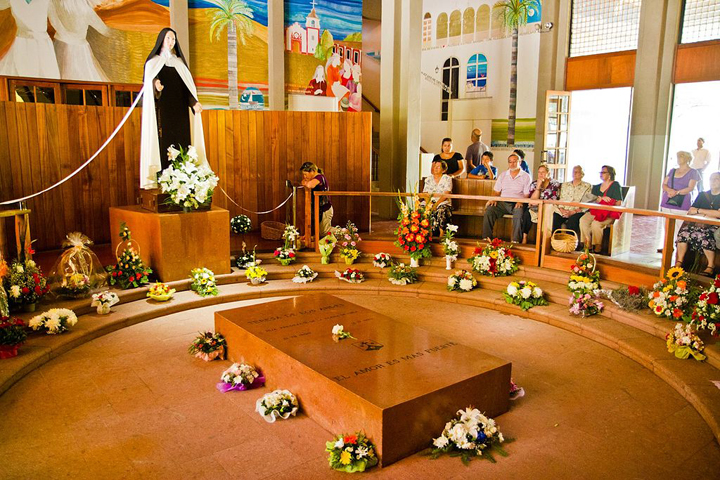
The crypt at the Santuario where Sta Teresita is buried
When I worked in Puerto Saavedra in the south of Chile, the local pilgrimage was to San Sebastian on 20 January. A few thousand participate in the event. Pilgrims often walk from the rural areas or from the neighboring town of Carahue, 33kms from Puerto Saavedra. Many young people participate and begin walking at night to arrive for Mass at 6am. They stay after Mass to pray, say the rosary, and confess. Priests are in the church all morning. The youth wait to attend the main Mass at 11am. After this the image of San Sebastian is carried in procession around the town, the pilgrims singing. When it is placed back in the church, many of the pilgrims go to the beach, have a meal and relax. Later they go home feeling physically, spiritually and emotionally satisfied.
This desire of the youth to participate in pilgrimages highlights that the sacrament of reconciliation is not ‘out of use’ among today’s young generation. They are crying for more than a ‘cold box’ to confess in. They seek an integrated, holistic experience of reconciliation linked to pilgrimage.
A taste of the pilgrimage
